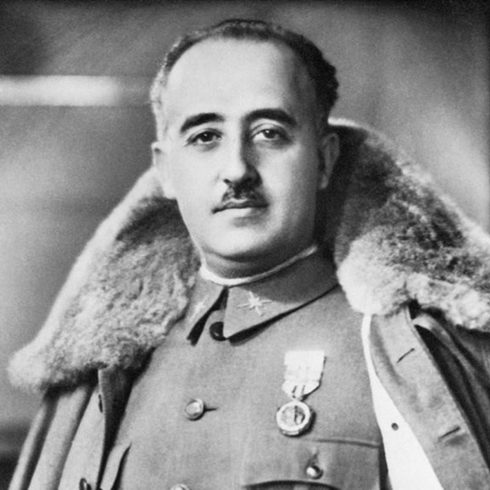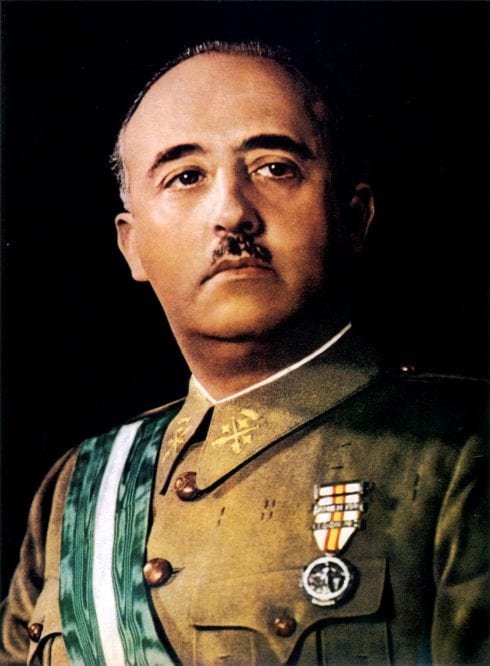IN a tiny enclave on the North West coast of Africa, a crowd gathered to watch workers hoist away the last remaining statue of General Francisco Franco on Spanish soil.
Nearly half a century after the dictator’s death, Melilla voted to take down its monument of Franco from the gates of the city.
The bronze statue depicting the controversial Spanish leader – which the government of Melilla said was ‘the last statue of Franco in the public sphere in Spain’ – was erected 43 years ago to commemorate his role as commander of the Spanish Legion in the Rif War.

Fought between 1920 to 1927, the Rif War armed was an armed conflict between the colonial power Spain and the Berber tribes in Morocco.
The effigy of the man who ruled Spain between 1939 and his death 1975 will now be taken to a municipal warehouse – but it is unclear whether it will later be displayed in a museum.
The statue is the last and final monument dedicated to Franco to be removed from public display and comes after flurry of towns dismantled statues, road names and other symbols relating to Franco and his supporters over recent years.

In 2007, Spain’s Socialist Government passed the Law of Historical Memory, which offered redress to the relatives of Republicans who were killed or “disappeared” during the Civil War between 1936 and 1939 or its aftermath.
Under that law, symbols of the dictatorship have slowly been removed, including other high-profile statues around Spain.
The local assembly voted on Monday to remove the statue – which the government of Melilla said was ‘the last statue of Franco in the public sphere in Spain’ – to comply with this law, with only the far-right Vox party voting against it. The conservative Popular Party (PP) abstained.
The regional government of Melilla called it ‘a day for History’ and tweeted pictures of workmen using a mechanical digger to remove the statue on Tuesday evening.
Click here to read more Spain News from The Olive Press.

